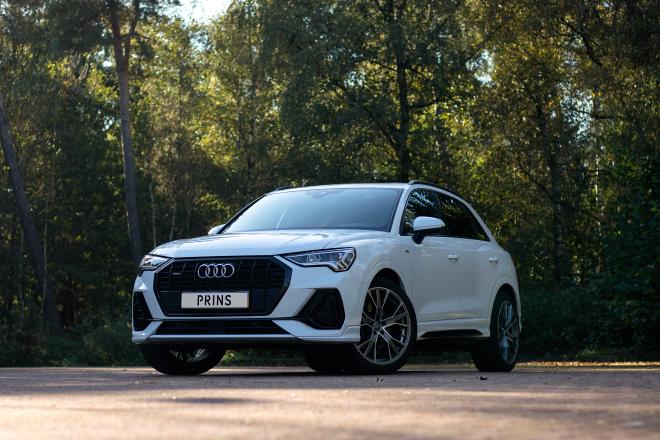This Audi Q3 with the latest generation of 2.0 TSI engine is converted to LPG (Autogas). This means the car originally would drive on petrol – the expensive fossil fuel we all know. Because an additional LPG-system is installed in the car, this Audi is able to run on LPG instead of petrol. You might be wondering, why would you convert your car to LPG? The answer is quite simple.
There are two main drivers: saving money on fuel costs, and driving more environmentally friendly. The more you drive, the more you save.

This Dynamic SUV with its powerful looks, is large enough for a high level of travel comfort and sufficiently compact to get around in urban areas as well. If this car benefits from running on LPG, your car will definitely too. Are you ready to switch to LPG?
In the video below, our colleague Noor Scheepers will discuss the benefits of driving on LPG with this Audi Q3, giving you a tour around the car and explaining the components of the LPG system.
Would you like to know more about how you can save money on fuel costs, and contribute to lowering emissions such as CO2 and NOx? The VSI-3 DI LPG system is worldwide available at the network of certified and trained Prins dealers. Check if your car can be converted to LPG Autogas.
Audi Q3 2.0 TSI Engine | Check out this dynamic SUV on LPG autogas | 2022
Let’s take a closer look
Inside the car, we can find the fuel selector switch. It’s the most visible part of the system, mounted in the dashboard. The colors are adaptable to your own preferences, and the LED indicators show how much LPG is in the tank and therefore how far you can drive before you need to refuel.
To switch from driving on LPG to petrol and reverse, you can push the fuel selector switch.
Under the hood
The fuel selector switch is not working on its own. It is corresponding with the LPG computer which is installed under the hood of this car. This computer can be considered ‘the heart of the system’. It ensures overall system control, and is connected to the other components of the system. The main components under the hood of the car are: the LPG reducer (eVP-500) which turns the liquid gas into vapor form, the filter unit to ensure the quality of the fuel, and the Keihin injectors to inject LPG into the engine.
LPG tank
In addition to these components under the hood, the LPG system also includes an LPG tank in the trunk of the car. This tank can (almost) always be installed in the spare wheel compartment, so you don’t lose any trunk space. The LPG tank in this Audi Q3 contains up to 55 Liter LPG, which results in a driving range of approximately 500 Kilometers.
The LPG tank can easily be filled via the adapter that is mounted next to the petrol filling point. Please be aware that there are several (4) different LPG adapters used worldwide. It is best to store all of them in your car. If you ever go traveling abroad, you might need to use another adapter. It is very easy, just twist it on, connect the LPG filling pistol and start refueling.
We are ready… are you?
Now that Noor has shown you how easy the Prins LPG VSI-3 DI system works, you may be wondering if your car is also suitable for the more environmentally friendly and cleaner LPG.
So do you want to know if your car can be easily converted to LPG?